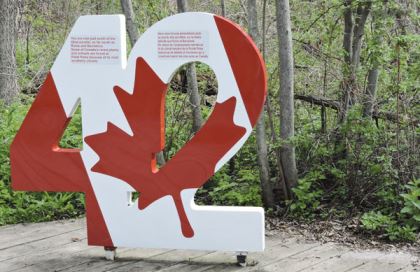Prepare for border crossings: an overview of customs requirements for U.S. residents RVing to and from Canada.
By Phyllis Hinz and Lamont MacKay, F175089
January 2017
A few years ago we lost a travel companion when we crossed the border from Canada into the United States. Her name was Colleen. She had journeyed with us in the motorhome for 50,000 miles, including many trips back and forth across the U.S.-Canada border.

